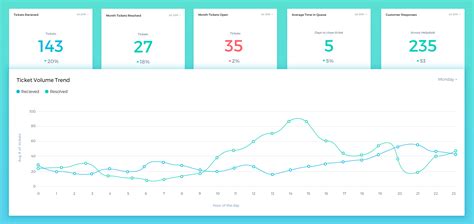5 Tips Men Work Boots

When it comes to selecting the perfect pair of work boots, men often prioritize durability, comfort, and safety. However, with the vast array of options available in the market, making an informed decision can be daunting. Here are five valuable tips to consider when searching for the ideal men’s work boots, ensuring they meet your specific needs and preferences.
1. Assess Your Work Environment
Understanding your work environment is crucial in determining the type of work boots you need. For instance, if you work in construction or in environments where you’re frequently exposed to water or hazardous materials, you’ll need boots that are not only waterproof but also offer superior protection against chemicals and abrasions. On the other hand, if your job involves a lot of walking or standing on hard surfaces, prioritizing boots with excellent arch support and cushioning is essential.
Insight from Industry Experts: Many professionals overlook the importance of choosing boots based on their work environment. For example, electricians might require boots with electrical hazard protection, while workers in the oil and gas industry might need boots resistant to petroleum products.
2. Consider Comfort and Fit
While durability and safety features are paramount, comfort should not be compromised. Boots that fit well and provide adequate support can significantly reduce the risk of foot fatigue and related injuries. Look for boots with breathable materials to keep your feet cool and dry. It’s also advisable to try on boots at the end of the day when your feet are at their largest size to ensure a comfortable fit throughout the day.
Key Takeaway: Comfortable work boots can enhance productivity and reduce the risk of injuries. Prioritizing both safety features and comfort is essential for long-term job satisfaction and health.
3. Evaluate Safety Features
Different workplaces have unique hazards, and your work boots should be equipped to handle them. Essential safety features to consider include slip-resistant soles, toe caps (especially steel or composite toe caps for protection against heavy objects), and insulating materials for electrical or thermal protection. The boots should also meet the safety standards of your industry, such as those set by ASTM (American Society for Testing and Materials) or similar regulatory bodies.
4. Choose Quality Materials
The material of your work boots can significantly affect their durability and performance. Leather is a popular choice due to its strength, flexibility, and breathability. However, synthetic materials can also offer excellent durability and easier maintenance. Consider the terrain and conditions you’ll be working in; for rugged environments, more durable materials might be preferable, while for indoor work, lighter and more flexible materials could be more appropriate.

| Material | Description | Advantages |
|---|---|---|
| Full-Grain Leather | Strong, breathable, and flexible | Durable, resistant to abrasions |
| Synthetic Materials | Lightweight, easy to clean | Affordable, quick drying |
5. Check for Maintenance and Durability
Finally, consider the maintenance requirements and expected lifespan of your work boots. High-quality boots may require regular conditioning to extend their lifespan, especially if they are made from leather. Synthetic boots might require less maintenance but could have a shorter lifespan depending on the material quality and usage. Assessing the boot’s construction, including the stitching and sole attachment, can give you an idea of its durability.
Pros of High-Quality Work Boots: Enhanced safety, improved comfort, increased durability. Cons: Higher initial cost, potential for higher maintenance requirements.
Frequently Asked Questions
What safety features should I look for in work boots?
+Look for boots with slip-resistant soles, toe caps for protection against heavy objects, and insulating materials for electrical or thermal protection. Ensure they meet industry safety standards such as those set by ASTM.
How often should I replace my work boots?
+The replacement frequency depends on the usage and condition of the boots. Generally, if the soles are worn down, the toe cap is damaged, or the boots no longer provide adequate support and protection, it's time to consider replacing them.
Can I use work boots for hiking or outdoor activities?
+While work boots can be durable, they are designed for specific work environments and may not offer the best performance or comfort for hiking or other outdoor activities. Consider the activity's requirements and choose footwear designed for that purpose.
In conclusion, selecting the right pair of men’s work boots involves a careful consideration of your work environment, personal comfort, required safety features, material quality, and maintenance needs. By prioritizing these factors and understanding the nuances of each, you can find work boots that not only protect you from workplace hazards but also enhance your overall job performance and satisfaction.


